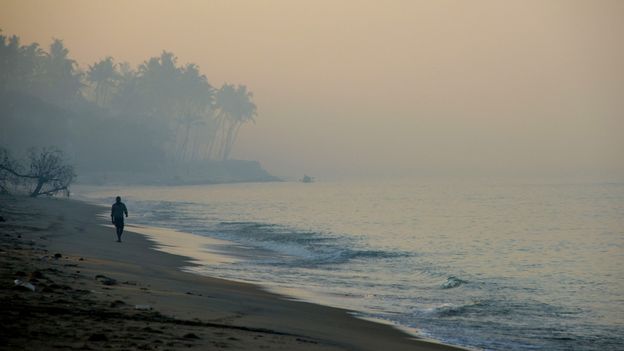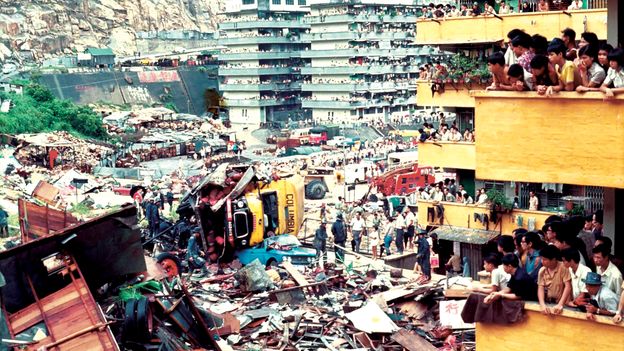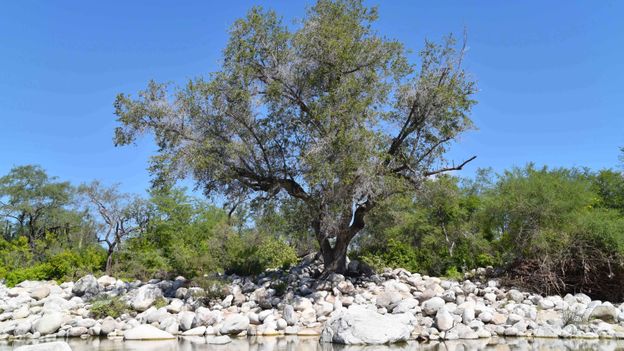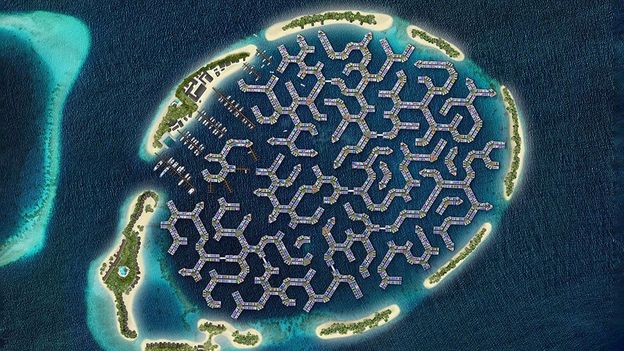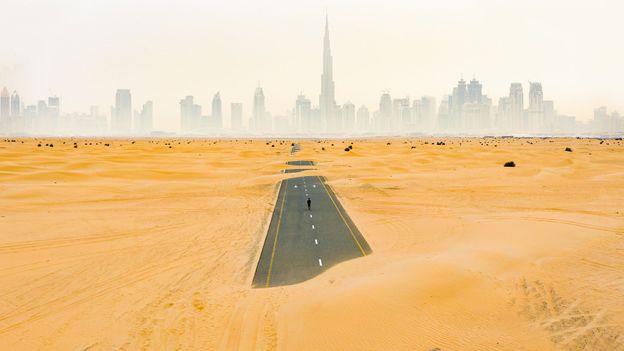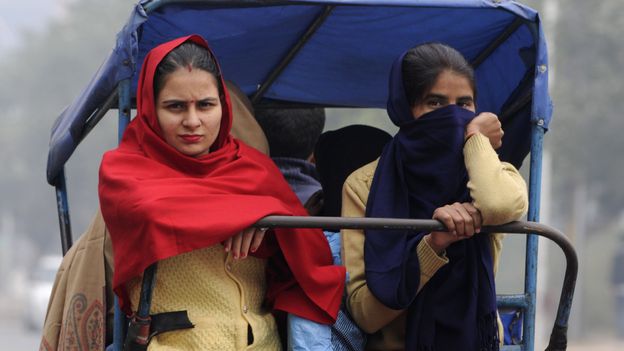It was a slow, steady loss. Long before the land began visibly retreating, the underwater foundation of the beach starts eroding first, says Mandeen. Within four years of its construction, the area to the north of the breakwaters had lost all of its sandy beaches.
“During the erosive process people are at risk of losing their homes, vegetation is destroyed, freshwater aquifers turn saline,” says Schiavina. “The net erosion or deficit doesn’t seem like much and doesn’t matter in the end, but the human loss does.”
The government responded to this erosion by building groynes – jetty-like structures that jut out into the sea perpendicular to the coast – and seawalls constructed from rock. The objective of a groyne is to catch as much sand as possible to prevent erosion. So as sand piles up on one side of the structure, the other side is open to the ocean and prone to erosion, unless this sand is replenished.
In 2003, the government built a 7km (4.3 miles) seawall constructed of boulders along the Puducherry coast, starting at the harbour, with the intent to protect the city. It cost 400 million rupees ($5.5m/£3.9m). Individuals who could afford it started building these structures too. In 2007, Vasudevan, the former fisherman, built a concrete seawall in front of his property. Three years later, the sea still engulfed his land.
“Groynes are not built alone – they’re usually a part of what we call groyne fields,” says Schiavina. “Sea walls are used for armouring the shoreline, where the seawall acts as an artificial cliff. Both are only barriers and can aggravate erosion, especially on a coastline such as the one along Puducherry and neighbouring Tamil Nadu and Auroville.”

